Isolepis R. Br.
sedge, club-rush
Cyperaceae
Eleocharis, Isoetes, Littorella, Pilularia
cosmopolitancosmopolitan:
(adj) essentially worldwide in distribution
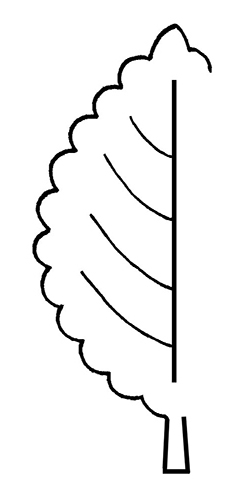 , with the greatest concentrations in southern Africa and Australia
, with the greatest concentrations in southern Africa and Australia
Isolepis cernua (Vahl) Roem. & Schult.
I. fluitans (L.) R.Br.
I. inundata R. Br.
I. nodosa (Rottb.) R.Br. [synonym of Ficinia nodosa but often offered as Isolepis]
cosmopolitancosmopolitan:
(adj) essentially worldwide in distribution

not weedy
amphibiousamphibious:
(adj) of a plant able to live on land or in water
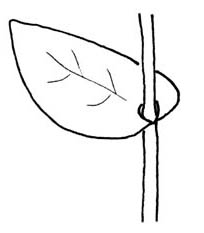 , seasonally inundated, emergentemergent:
, seasonally inundated, emergentemergent:
(adj) (syn. emersed) with parts raised out of the water; extending up out of the water
 , floating, or submergedsubmerged:
, floating, or submergedsubmerged:
(adj) (syn. submersed) under water; submerged below the water surface
 sedge; tufted or mat-forming
sedge; tufted or mat-forming
Fine, grass-like sedge. Rhizomerhizome:
(n) an underground stem, usually growing horizontally, from which both roots and shoots emerge directly; the thick, above-ground stem of ferns
 ascending or horizontal, either below or above ground, green or whitish, roots minute, tubers rare; culmculm:
ascending or horizontal, either below or above ground, green or whitish, roots minute, tubers rare; culmculm:
(n) the stem of a grass or sedge
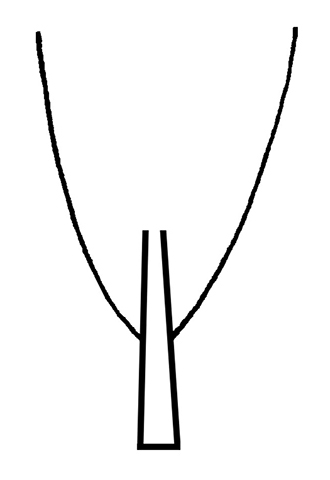 few- to many-noded or reduced to pedunclepeduncle:
few- to many-noded or reduced to pedunclepeduncle:
(n) the stalk of a flower cluster or inflorescence
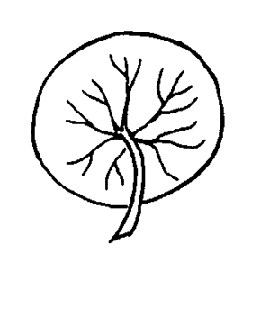 only. Leaf sheath tubulartubular:
only. Leaf sheath tubulartubular:
(adj) (of a corolla, perianth, calyx tube or other structure) (1) tube-shaped; cylindrical: narrow and elongate with more or less straight sides; (2) having segments fused into a tube (of any shape)
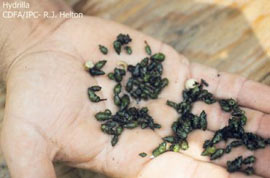 , green to brown; leaf bladeblade:
, green to brown; leaf bladeblade:
(n) (syn. lamina) the flat, expanded part of a leaf, frond, or petal (excluding, e.g., the petiole)
 linear, flat. Inflorescenceinflorescence:
linear, flat. Inflorescenceinflorescence:
(n) the arrangement of flowers on the floral axis
 terminalterminal:
terminalterminal:
(adj) at the apex
 or pseudolateral, of one to several spikelets, typically subtended by 1 bractbract:
or pseudolateral, of one to several spikelets, typically subtended by 1 bractbract:
(n) a modified leaf near a flower or inflorescence, often reduced, sometimes large and/or petaloid; also glumes, lemmas, and paleae of grass spikelets
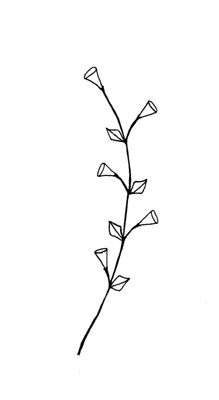 appearing as a continuation of the culmculm:
appearing as a continuation of the culmculm:
(n) the stem of a grass or sedge
 ; spikeletspikelet:
; spikeletspikelet:
(n) a small spike; basic unit of the grass and sedge inflorescence, commonly consisting of one to many florets (small flowers) subtended by bracts
 many-flowered, round, usually sessilesessile:
many-flowered, round, usually sessilesessile:
(adj) attached directly, without a stalk
 ; glumes spirally arranged, ovateovate:
; glumes spirally arranged, ovateovate:
(adj) egg-shaped in outline; generally with the broad end at or near the base
 to obovateobovate:
to obovateobovate:
(adj) ovate, with the narrow end at the base
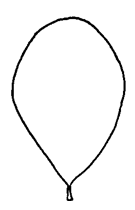 , apexapex:
, apexapex:
(n) the point farthest from the point of attachment; the tip (often pointed)
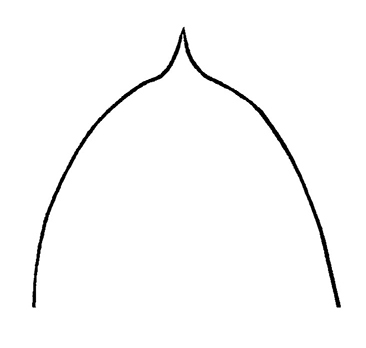 acute to obtuseobtuse:
acute to obtuseobtuse:
(adj) with a blunt or rounded apex and sides coming together at an angle of more than 90 degrees
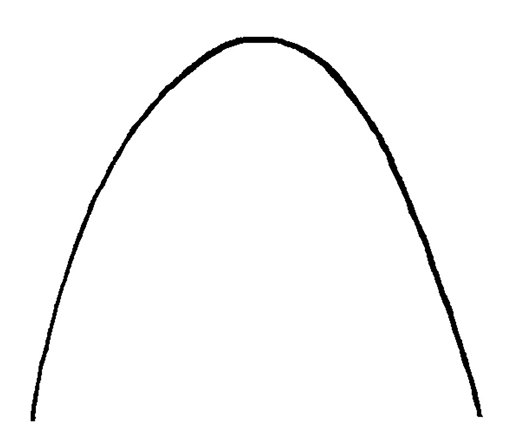 , midribmidrib:
, midribmidrib:
(n) the main or central vein, line or rib in a leaf or perianth segment
 often mucronatemucronate:
often mucronatemucronate:
(adj) tipped with a mucro
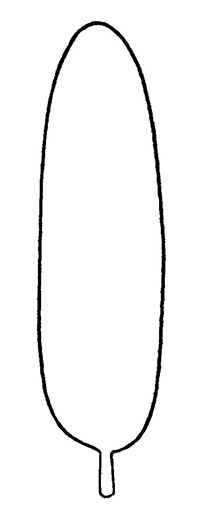 , glabrousglabrous:
, glabrousglabrous:
(adj) without hairs or scales
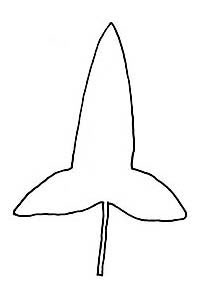 , green to brown. Flower lacks a perianthperianth:
, green to brown. Flower lacks a perianthperianth:
(n) collective term for the calyx and corolla of a flower; also used for floral whorl(s) in which the calyx and corolla cannot be resolved; any of the leaves or bracts surrounding the sex organs of bryophytes
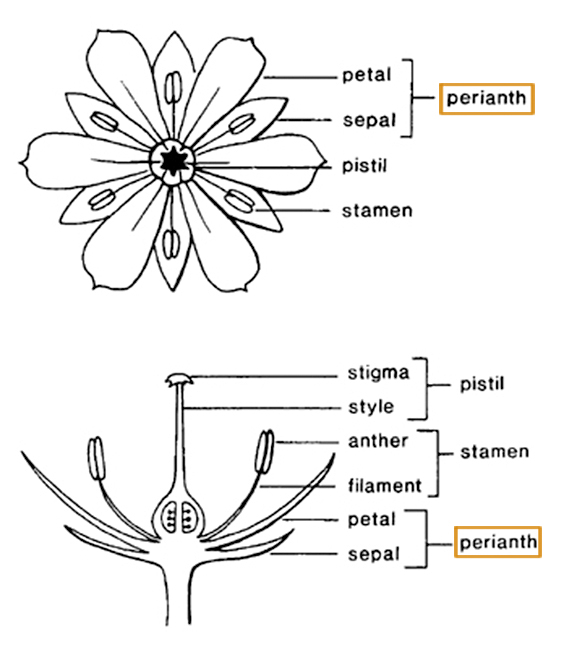 ; stamens 1-3, filaments ribbon-like, antheranther:
; stamens 1-3, filaments ribbon-like, antheranther:
(n) the pollen-producing, apical part of the stamen
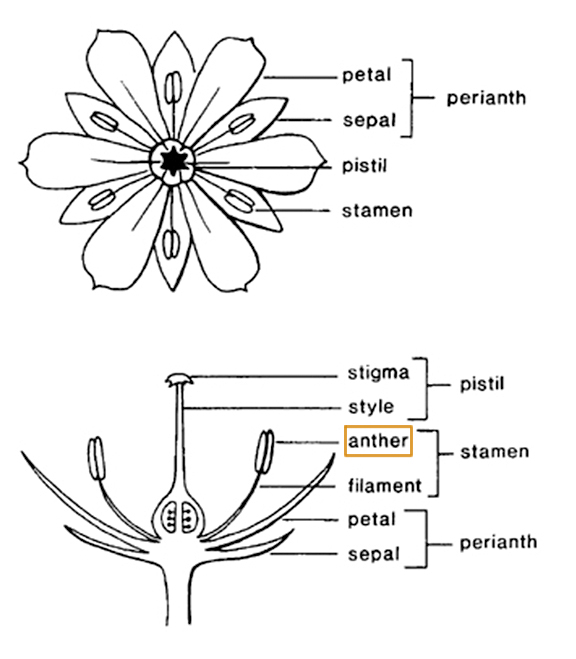 apexapex:
apexapex:
(n) the point farthest from the point of attachment; the tip (often pointed)
 often crested; ovaryovary:
often crested; ovaryovary:
(n) a hollow organ at the base of the carpel of a flower in which ovules are produced
 1, stylestyle:
1, stylestyle:
(n) in a flower, the narrow and elongated part of the pistil between the stigma and the ovary
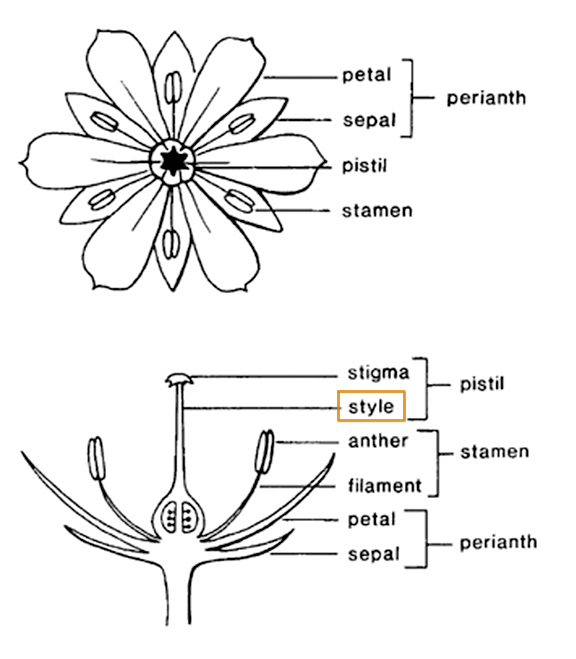 1, stigmastigma:
1, stigmastigma:
(n) the portion of the pistil that is receptive to pollen
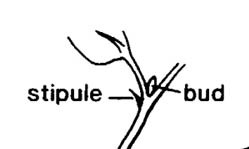 2-3-fid.
2-3-fid.
in and along seasonally wet areas and shallow waters; stationary pools, seepage, bogs, swamps, saline marshes, creeks and streams
The majority of Isolepis species are amphibiousamphibious:
(adj) of a plant able to live on land or in water
 , and about 11 species (of 75-80 in the genus) are semi-aquatic to aquatic.
, and about 11 species (of 75-80 in the genus) are semi-aquatic to aquatic.